Sailing brings freedom and adventure, but staying safe on the water depends on how well I prepare for changing weather. My safety gear becomes the line between a great day and serious trouble, and unpredictable conditions can really test its performance. Here’s my take on how weather affects sailing safety gear and what I look for when choosing the right equipment for open water.
Understanding Weather’s Impact on Sailing Safety Gear
Weather conditions can change quickly at sea. Sun, wind, rain, and extreme temperatures each affect my gear differently. While the sun makes things easier to spot, it can cause certain materials to degrade over time. Saltwater spray, combined with UV exposure, damages plastics and fabrics. Rain or heavy humidity might seem harmless, but it can mess with electronics, cause mildew, and weaken stitches and seams.
Strong wind and cold temperatures bring their own challenges. Cold weather turns soft plastics brittle and makes it harder for my hands to work well, meaning some gear gets tougher to use. Storms and rough seas put every snap, buckle, and zipper to the test. That’s why gear choice and maintenance both matter so much to me.
Sailing Safety Gear Essentials for Every Weather Condition
Not all weather is the same on the water, so I think it’s useful to lay out how specific conditions hit different parts of my safety kit.
- Personal Flotation Devices (PFDs): UV light and salt weaken fabric and straps. I check regularly for fading, cracks, or stiff spots in the material.
- Foul Weather Gear: Waterproof jackets and pants lose water resistance with repeated exposure to salt, sun, and abrasion. Using reproofing sprays and gentle cleaning keeps mine working better for longer.
- Harnesses and Tethers: Wind and rough seas load up stitching and hardware. I make a habit of checking for frayed edges and buckles that don’t latch right.
- EPIRBs and VHF Radios: Rain and spray threaten electronics if seals aren’t tight. I rely on waterproof pouches and regular device tests to keep everything working.
I’m careful to match my safety gear to where and how I’m sailing, making sure that every part of my kit is suited for the climate and conditions I expect.
Weather-Related Wear and Tear on Gear
From experience, direct sunlight is usually the top cause of gear breakdown. Over time, UV rays break down synthetic fabrics and rubber seals. I’ve noticed jackets turn stiff or faded, and buckles go brittle—especially if I don’t rinse things off after a trip.
Salt and spray sneak into every seam and zipper. Without a fresh rinse, salt crystals keep soaking up water from the air, which can corrode metal fittings and trap mildew inside fabric folds. I’ve learned that a freshwater rinse after each use can extend the life of almost any piece of gear.
Temperature swings—from hot, humid days to freezing nights—also have an effect. Cold can crack certain plastics, metal snaps may stick or freeze up, and humidity encourages mold and weakens glue and stitching. Even sunny, humid days can take a toll, leading to faded colors or sticky residues.
Adapting Gear for Different Sailing Environments
Where I sail influences the gear I turn to most. On bright, warm lakes I grab sun-protective clothing, hats, and sunglasses, plus plenty of water. For offshore or rough-water sailing, I switch toward heavy-duty foul weather jackets, strong harnesses, and radios I can rely on.
- Warm Weather: Ventilated PFDs, sun sleeves, and high-SPF fabrics. I also shield radios and plotters with UV resistant covers to keep them from fading.
- Cold Weather: Insulated, waterproof layers. I pick gloves that keep my hands nimble while still providing a barrier against wet cold.
- Stormy Conditions: High visibility vests, extra tethers, and backup lighting are key. I always slip a spare whistle or locator into my pocket in case I get separated from the boat.
Finding gear that works across these different scenarios means being selective and sometimes mixing in some variety so everything works together the way it should.
Choosing Weatherproof and Durable Safety Gear
When shopping for safety gear, I always look for items that are rugged enough for my favorite spots. Waterproof ratings, corrosion-resistant hardware, and reinforced seams make a big difference. Here’s what I watch for:
- Materials: Tough nylon or polyester, especially with a UV coating, holds up better than basic cotton or canvas.
- Seams and Closures: Taped seams and water-tight zippers do a much better job keeping weather out. Velcro often wears down quickly after repeated soaking and drying; a snap closure usually lasts much longer.
- Certifications: I find U.S. Coast Guard-approved PFDs or gear with international testing give added peace of mind. Reading real reviews from other sailors helps spot the toughest options before buying.
In addition, gear with large, easy-to-use fasteners or bright colors can also give a boost to safety by making gear easier to spot or handle, especially in tough conditions.
Quick Tips for Keeping Gear Ready in Any Weather
Having a solid routine helps me avoid gear failures during sudden storms or temperature swings. Some habits that keep my kit in top shape include:
- Store Gear Away from the Sun: I stow jackets, harnesses, and devices in dry, shaded spaces when I’m off the water.
- Rinse After Use: A freshwater rinse gets rid of salt and helps zippers and straps last longer.
- Look Over Gear Regularly: Before every outing, I scan for loose threads, sticky zippers, or drained batteries. Fixing things early prevents problems at sea.
- Replace Damaged Items: Anything that looks beat-up or doesn’t function gets swapped out before I head out again.
- Test Electronics: I always double-check waterproof seals and battery levels on radios, EPIRBs, and flashlights, especially for longer trips.
Special Considerations: Electronics and Visibility Gear in Wet and Windy Weather
Dependability is extra critical with electronics during rain or spray. Even gear rated “waterproof” sometimes lets me down after prolonged exposure. That’s why waterproof bags and float cases are essential. I favor VHF radios with a floating design and chunky buttons I can use even with cold, wet hands.
For visibility, bad weather like storms or fog makes it tough for others to spot me. I attach high visibility vests, strobes, and reflectors to my PFD and rain jacket. In low light or foggy settings, these tools can make the difference between being seen or being lost.
Common Problems and How to Handle Them
- Mold and Mildew: Drying gear fully before stashing it away avoids musty odors. If I find mold, a gentle scrub and a few hours in the sun work well to freshen things up.
- Brittle Plastics or Stiff Fabrics: If gear gets rigid or cracks appear, I give it a close look for weakness and swap it if needed. Plastic conditioners can sometimes help refresh buckles.
- Battery Failure: Cold drains battery power fast. I bring spares, tuck them in a warm spot, and lean on lithium types that perform better in low temps.
- Corroded Metal: Stainless still does the best, but even that rusts over time. I use a light oil or spray on moving parts, and tackle surface rust right away so it can’t spread.
My Personal Gear List for Different Weather Conditions
My kit changes with the forecast, but a few basics always come with me:
- All Conditions: PFD with whistle, harness or tether, waterproof flashlight, VHF radio, multitool.
- Rainy or Stormy: Fully waterproof jacket and pants, extra drybag with clothes, backup strobe or locator light.
- Hot and Sunny: Wide brimmed hat, polarized sunglasses, UVcut sleeves, and more water than I expect to need.
- Cold or Icy: Warm gloves, thick socks, neck gaiter or balaclava, and hand warmers.
Frequently Asked Questions about Weather and Sailing Safety Gear
Question: How often should I replace my safety gear if I sail often in strong sun or saltwater?
Answer: I usually check my gear after every couple of trips and look for visible signs of wear like fading, cracks, or sticky zippers. Most life jackets or harnesses last a few years with care, but I swap out anything that looks beat up right away. Sun and salt make gear break down faster, so frequent checks help keep me safe.
Question: Are there any specific materials I should seek out in safety gear to handle rough or unpredictable weather?
Answer: I go for high denier nylon or polyester with double stitching, plus stainless steel or tough anodized aluminum hardware. Picking gear with clear waterproof or breathable ratings and strong reviews from experienced sailors helps me spot which gear is up for rough weather.
Question: Does rain or humidity affect how my life jacket or PFD works?
Answer: Rain and spray don’t usually hurt foam PFDs, but inflatables can trigger if not protected right. I prefer manual-only cartridges in wet conditions, and always dry my PFD after use. Letting humid or damp jackets sit too long can wreck stitching or foam by causing mold.
Final Thoughts: Staying Prepared for Whatever the Weather Brings
Safe sailing means knowing how changes in weather can affect all my safety gear. Paying attention to where and how I store things, keeping up with regular cleaning, and using the right equipment for every trip makes a noticeable difference out there. Trustworthy, well-cared-for gear lets me focus on the excitement and gives peace of mind each time I set sail.
The weather calls the shots on the water, but thoughtful safety routines and smart gear picks go a long way to making every trip safer and a lot more enjoyable, no matter what the forecast looks like.
As an Amazon Associate I earn from qualifying purchases.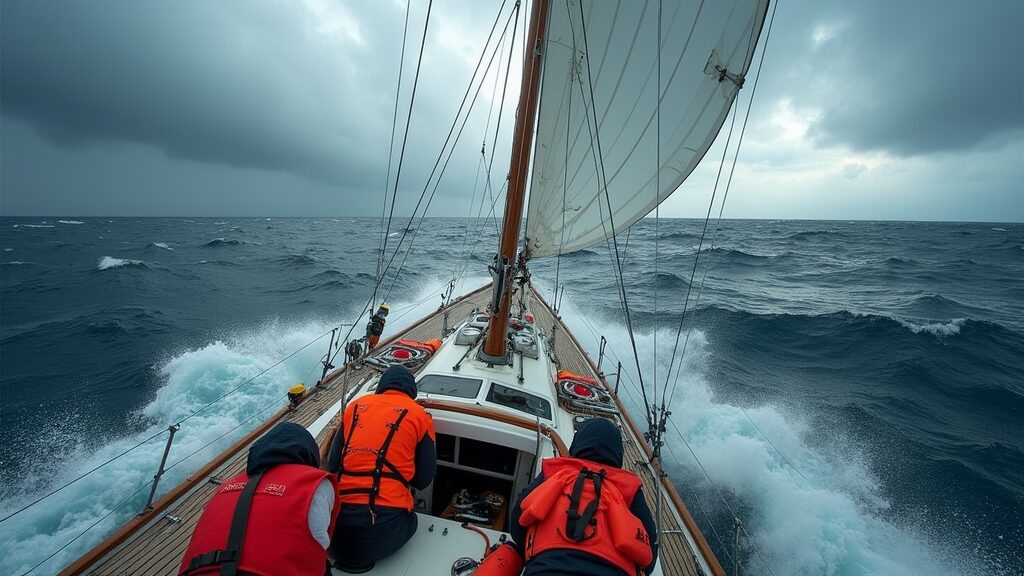
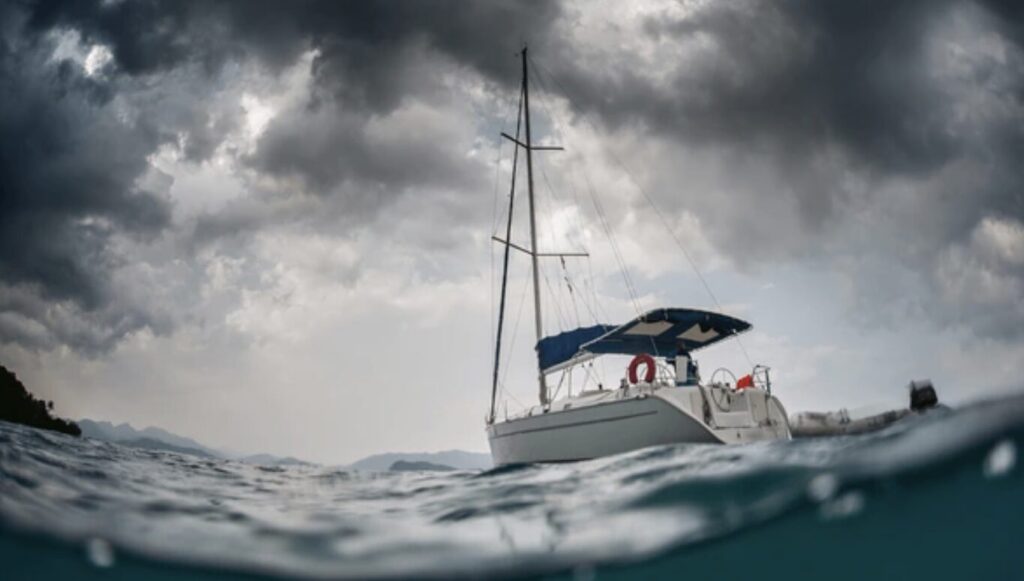

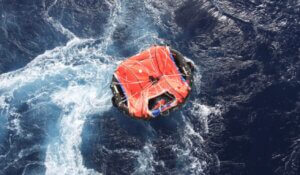
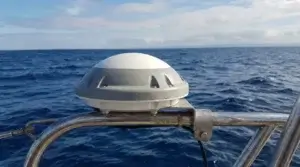
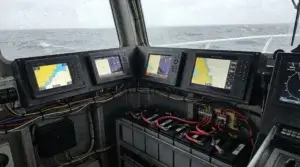

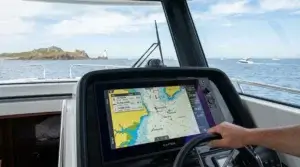
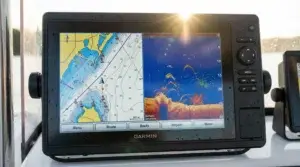


Hey there! Just read your article on how weather impacts sailing safety gear, and wow, you really nailed it with the practical tips! I’m a weekend sailor myself, and I never thought about how UV exposure could degrade my life jacket over time—definitely checking mine this weekend. Loved the part about prepping foul-weather gear for sudden squalls; it reminded me of a soggy misadventure last summer when I wish I’d had better boots! Quick question: any go-to brands you recommend for durable, weather-resistant gear that won’t break the bank? Keep up the awesome work—your blog’s becoming my go-to for sailing wisdom!
Thank you so much for the kind words—I really appreciate you taking the time to read the article and share your own experiences! That soggy summer story sounds all too familiar—funny how a sudden squall can humble even the most prepared sailor! I’m glad the UV tip was helpful; it’s one of those sneaky things that often gets overlooked.
As for gear, a few solid, budget-friendly brands I often recommend are Gill, Helly Hansen, and Grundéns. They each offer durable, weather-resistant gear without the premium price tag of some high-end options. Gill’s foul-weather gear is especially well-balanced for price and performance, and Grundéns makes tough-as-nails gear that’s great for wet conditions. For boots, check out Xtratuf—super grippy and built to last.
Thanks again for the support, and fair winds this weekend—hope the weather stays on your side!